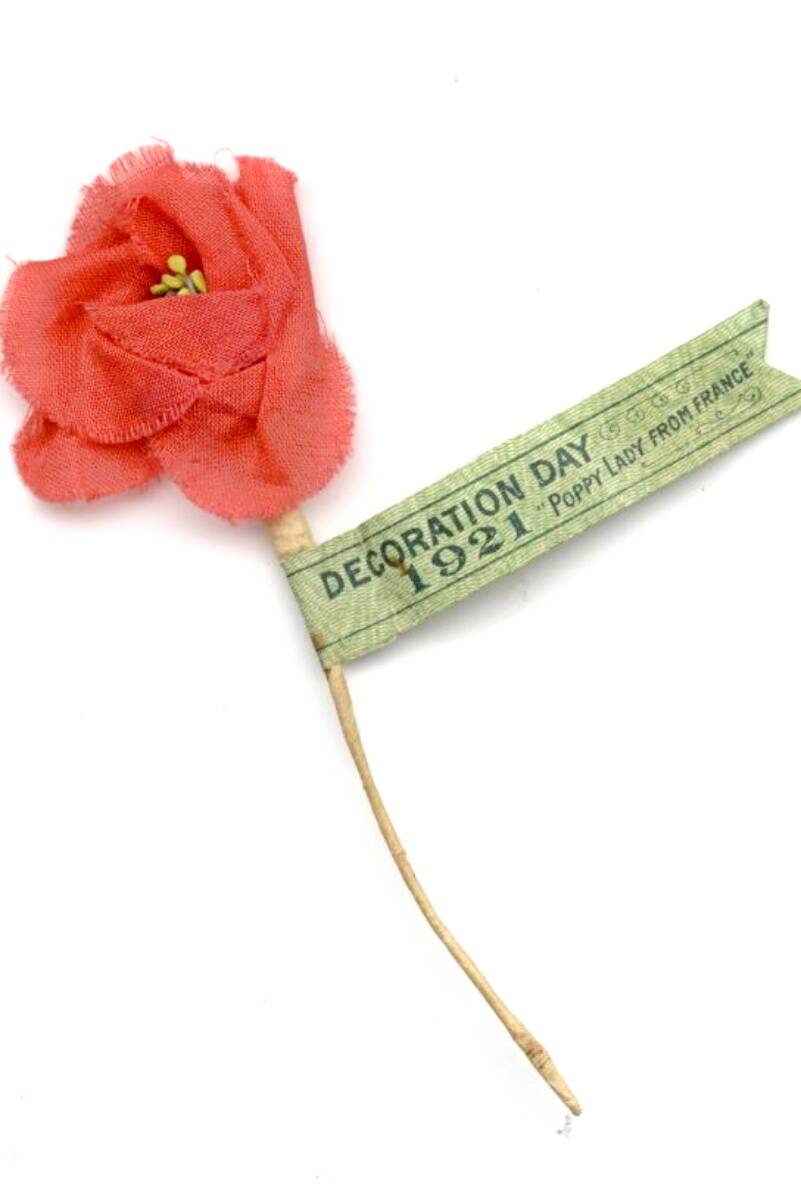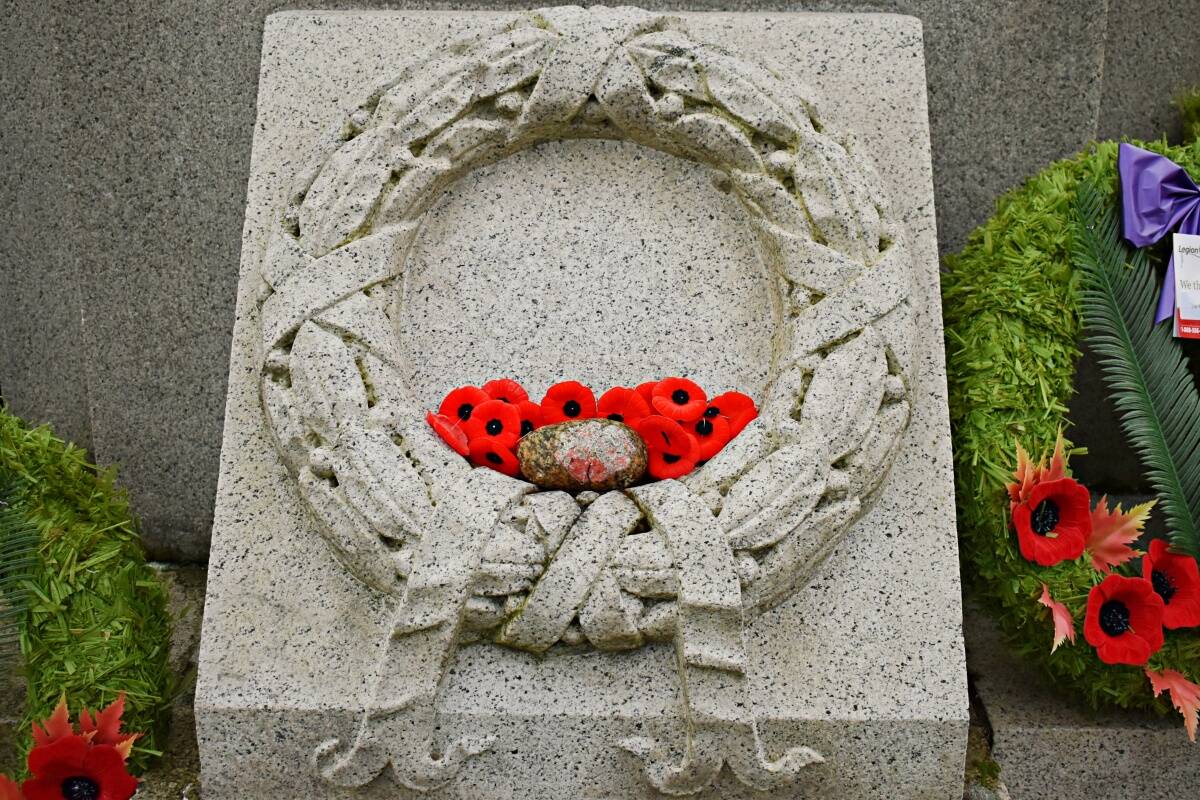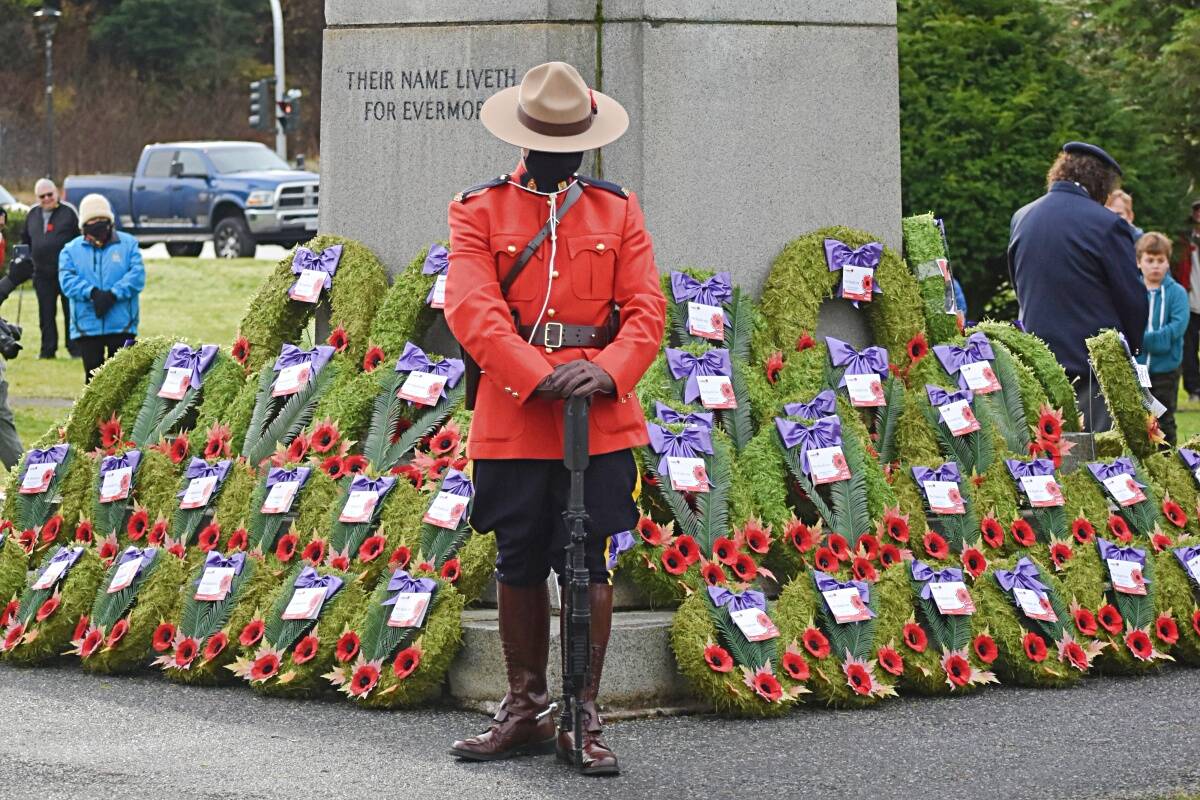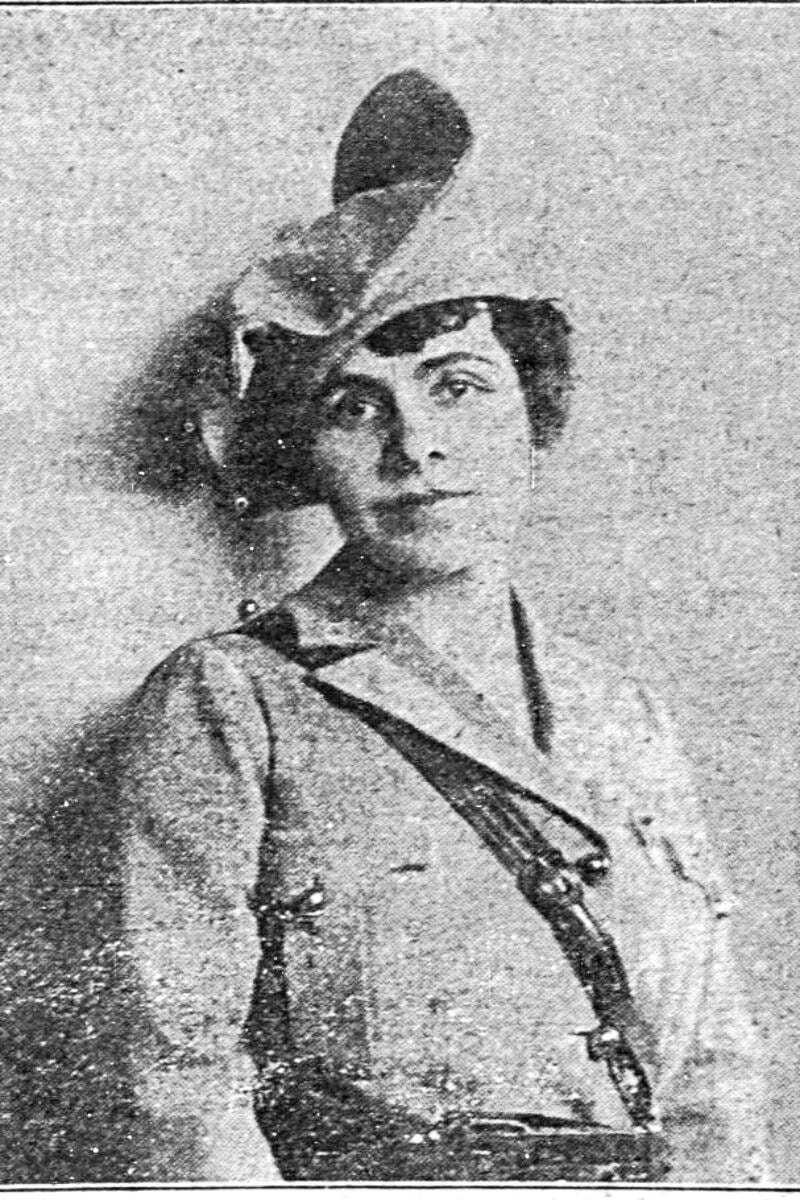The bright red petals of the poppy flower will stand at attention, adorning lapels over the hearts of many in 2021, as the 100th anniversary to recognize the symbol of sacrifice is commemorated.
The poppy is a visual covenant of millions of Canadians to never forget those who fought for our freedoms, whether in the past or serving today. The poppy is worn each autumn from the last Friday in October to November 11. However, the commemorative flower may be worn at other appropriate times such as a veterans funeral or an event to honour fallen soldiers.
The message of the poppy can be traced back to the 19th century French Napoleonic wars. After the wars ended, the fields where the battles ensued and had once been barren bloomed with the red flowers growing in thick clusters on top of soldiers’ graves. The fields in Flanders, France exploded with the blood-red poppy more than 110 years before being adopted, an ocean away in Canada, as the flower of remembrance.
A century after the French wars, a Canadian serving as a medical officer tending to the wounds of the soldiers injured in the front line battlefield was overcome with the death and the atrociousness surrounding him. On May 3, 1915, as Lieutenant-Colonel John McCrae reflected on the death of a soldier in his care the day before, his eyes fell on the fields in front of him. The red blooms waving to him in the sunlit breeze contrasted with the darkness of war. On just a scrap of paper, he poured out his heart in a poem he titled, ‘In Flanders Feilds’.
Two years after the First World War ended, Madame Anne Guerin was inspired by the words of McCrae to promote the poppy as a symbol of remembrance.
Born in 1878, she became a teacher and gifted fundraiser with extensive experience working with women and war widows. Guerin had been promoting the poppy in the U.S.A., and in Britain where she offered to fund the production of millions of poppies. The funds raised through poppy sales went to support the widows of war victims in France.
On July 4, 1921, she addressed the Canadian Great War Veterans’ Association to suggest an ‘Inter-Allied Poppy Day’. By Oct. 21, more than 12,000 of the French-made poppies had been ordered for Canada’s first poppy day, held in Newfoundland on Armistice Day, Nov. 11, 1921.
Madame Guerin’s influence spread to Europe, New Zealand and Australia, where the French-made poppies were purchased until 1928 when local veterans from the countries’ legions became responsible for producing the poppies.
The design of the poppy has evolved over the 100 years of its remembrance status. Madame Guerin’s original French poppies were made of bright red fabric on a green stalk. British poppies were made with five red petals, stitched with tiny black beads in the centre.
Today, the Canadian poppy sold by the Royal Canadian Legion has many designs with the traditional being a red felted flower with a black center. Despite the many changes of the poppy over the century, its symbolism has not died and it remains the emblem of remembrance and sacrifice.
K-J Millar | Journalist
Send K-J email
Like the The Northern View on Facebook
Follow us on Twitter



